Denmark travel tips
Denmark travel tips: Charming Nordic nation with fairy-tale castles, a rich Viking history, bike-friendly cities, and a cozy, hygge-inspired lifestyle.
Regions 🌎
Denmark travel tips. Here is a list of all the regions of the Denmark.
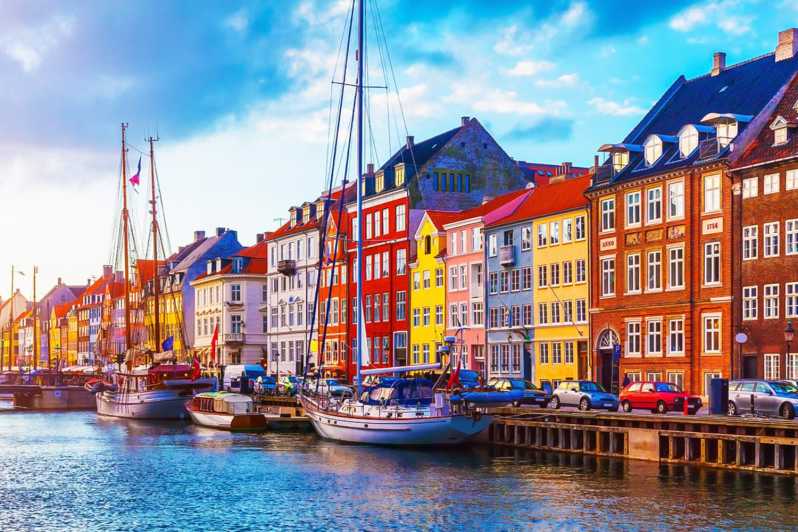
Region Hovedstaden
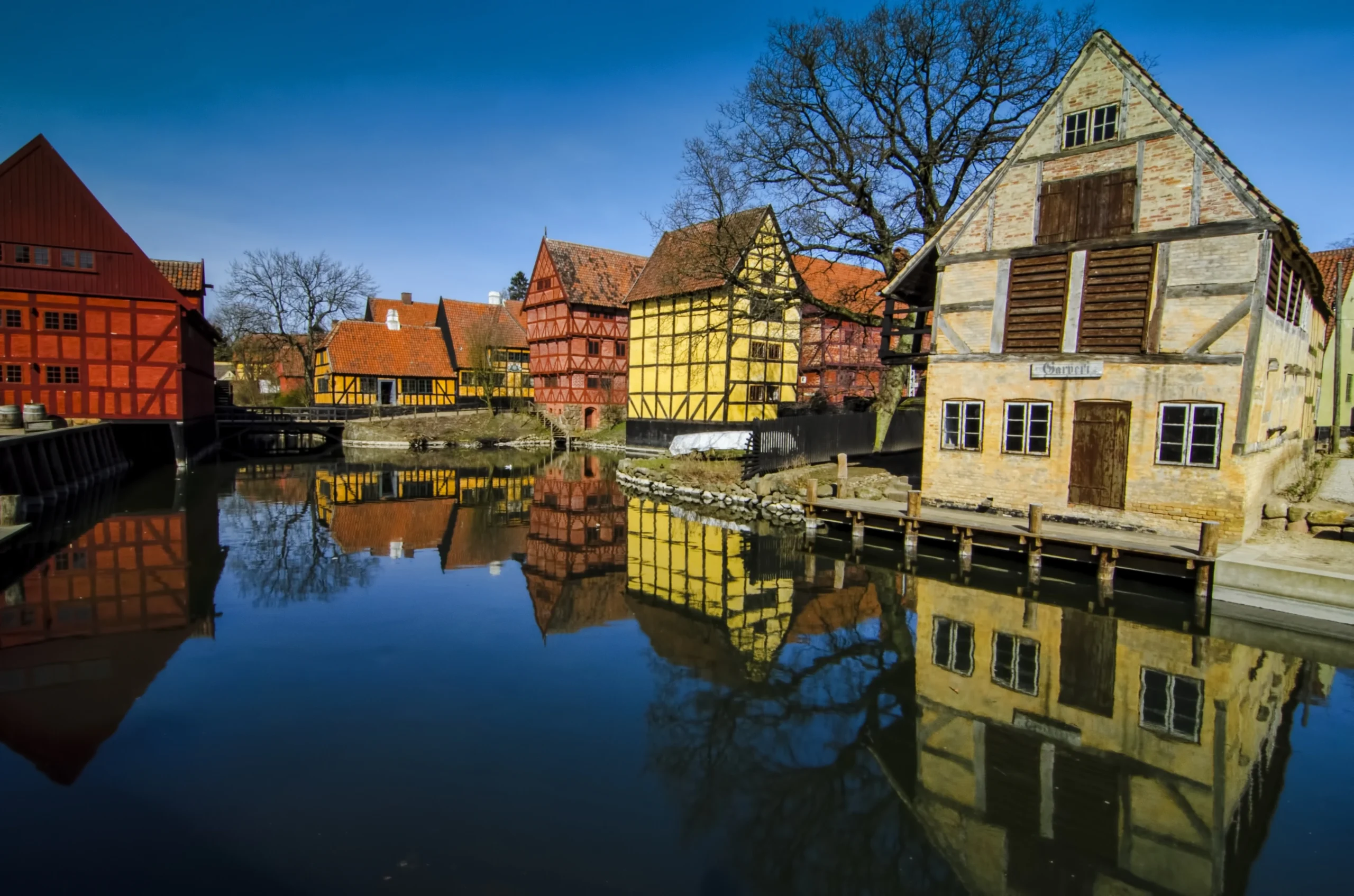
Region Midtjylland
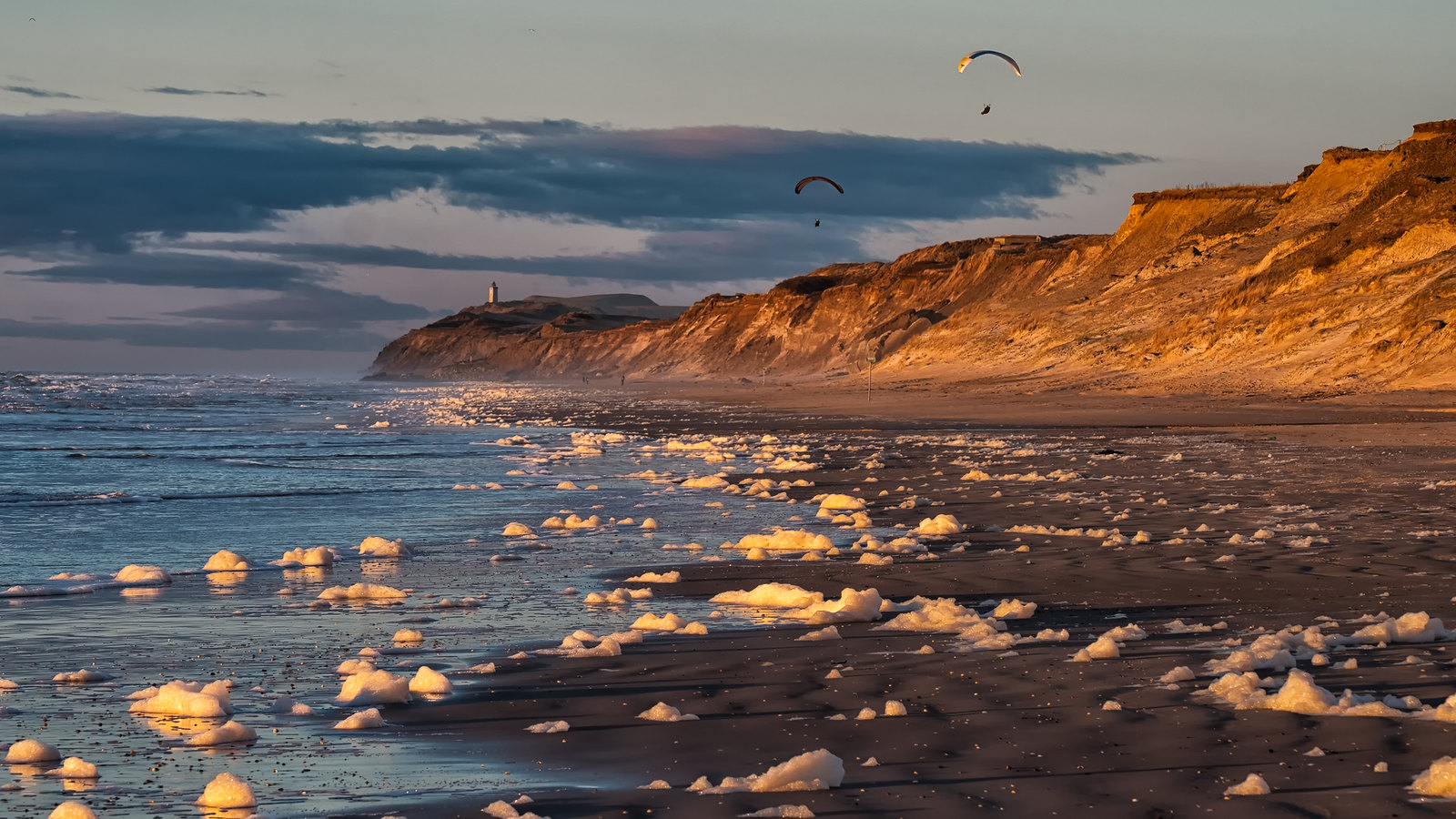
Region Nordjylland

Region Syddanmark

Region Sjælland
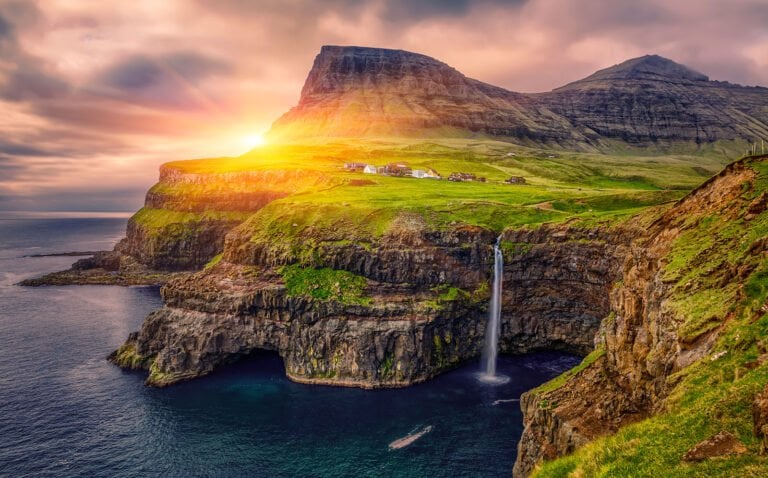
Faroe Islands
Before you go 🛩
Important information you should know before your trip
Info
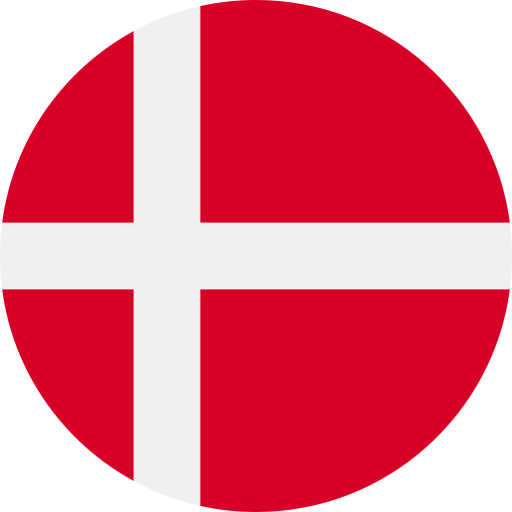
Capital | Copenhagen
Flag Codes:
ISO alpha-2 DK,
ISO alpha-3 DNK
Currency
Badge | Danish Krone
CODE | DKK
NUMBER | 208
SYMBOL | kr
FRACTION | Øre
Mobile Coverage
Dialing Code | +45
SIM Card
Coverage | 3G / 4G / 5G |
Mobile Networks | 3 Tre | TDC Mobile | Telenor Mobile | Telia |
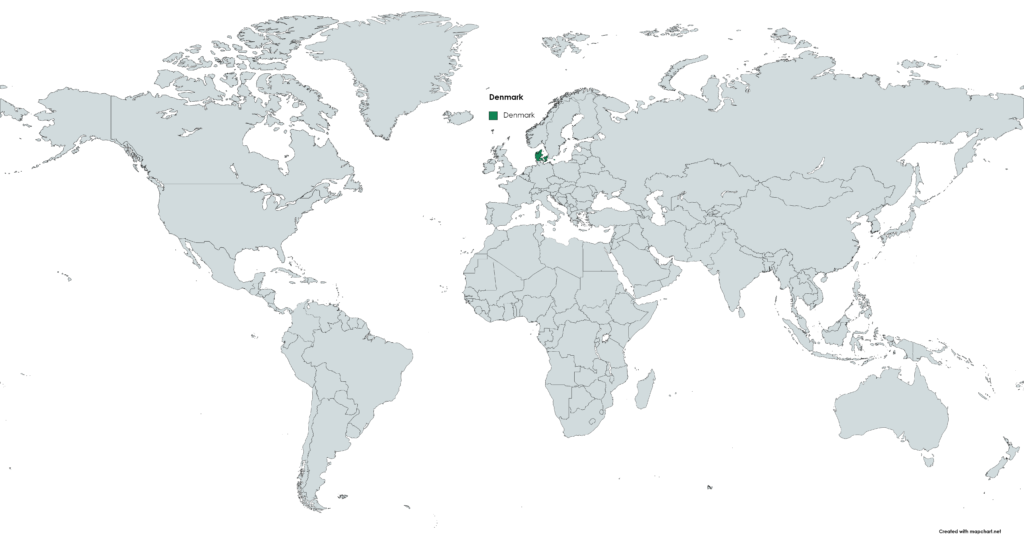
Location
Denmark is a country located in Northern Europe. It is located on the eastern and northern parts of the Jutland Peninsula, and includes several islands such as Zealand, Funen, and Bornholm. Denmark is bordered by the North Sea to the west and the Baltic Sea to the east, and is situated between Norway to the north and Germany to the south.
Currency
The currency of Denmark is the Danish Krone (DKK).
Languages
The official and main language of Denmark is Danish. It is spoken by the vast majority of the population and is used in education, the media, literature and daily life.
Danish is a Germanic language, similar to Swedish and Norwegian, and is the mother tongue of approximately 95% of the Danish population. It is also spoken in the Faroe Islands and Greenland, which are autonomous territories of Denmark.
In addition to Danish, speakers of other languages can also be found in Denmark, such as English, German, and Spanish, among others.
Climate 🌡
The climate of Denmark is a temperate maritime climate, which means it is mild and relatively humid with no extreme temperature variations. The country experiences cool summers and mild winters with precipitation occurring throughout the year.
The average temperature in the summer months (June-August) is around 20°C (68°F), while in the winter months (December-February), the average temperature is around 0°C (32°F) but can drop below freezing.
Denmark is known for its changeable weather, which can vary significantly from day to day, and even from hour to hour.
The weather is heavily influenced by the North Atlantic Drift, a warm ocean current that brings mild air to the region, and by the low-pressure systems that move across the country from the west. As a result, Denmark can experience both sunny days and rainy days throughout the year, with the rainiest months being from September to November.
Denmark travel tips
Traveling to Denmark can be a delightful experience, as the country is known for its picturesque landscapes, rich history, and friendly locals. Here are some travel tips for your visit to Denmark:
Biking Culture:
Denmark is known for its bike-friendly cities. Consider renting a bike to explore cities like Copenhagen, where bike lanes are well-established.
Weather:
Denmark has a temperate climate with cool summers and mild winters. Pack accordingly, and be prepared for rain even in the summer months.
Tipping:
Tipping is included in the bill at restaurants, but it’s common to round up the amount. Taxi drivers and hotel staff also appreciate a small tip.
Safety:
Denmark is generally a safe country. Exercise standard precautions, such as keeping an eye on your belongings in crowded places.
Transportation:
Denmark has an excellent public transportation system, including trains and buses. Consider purchasing a travel pass for unlimited travel on public transportation. View Guide.
Visit Castles:
Denmark is home to numerous castles, such as Kronborg Castle (the setting of Hamlet) and Frederiksborg Castle. Explore the history and architecture.
Plan for Daylight Hours:
In the summer, Denmark experiences long daylight hours. Take advantage of this by planning outdoor activities and exploring the beautiful landscapes.
Enjoy your time in Denmark!

The best of the best
Denmark has a rich culinary tradition that is influenced by the country’s history and geography.
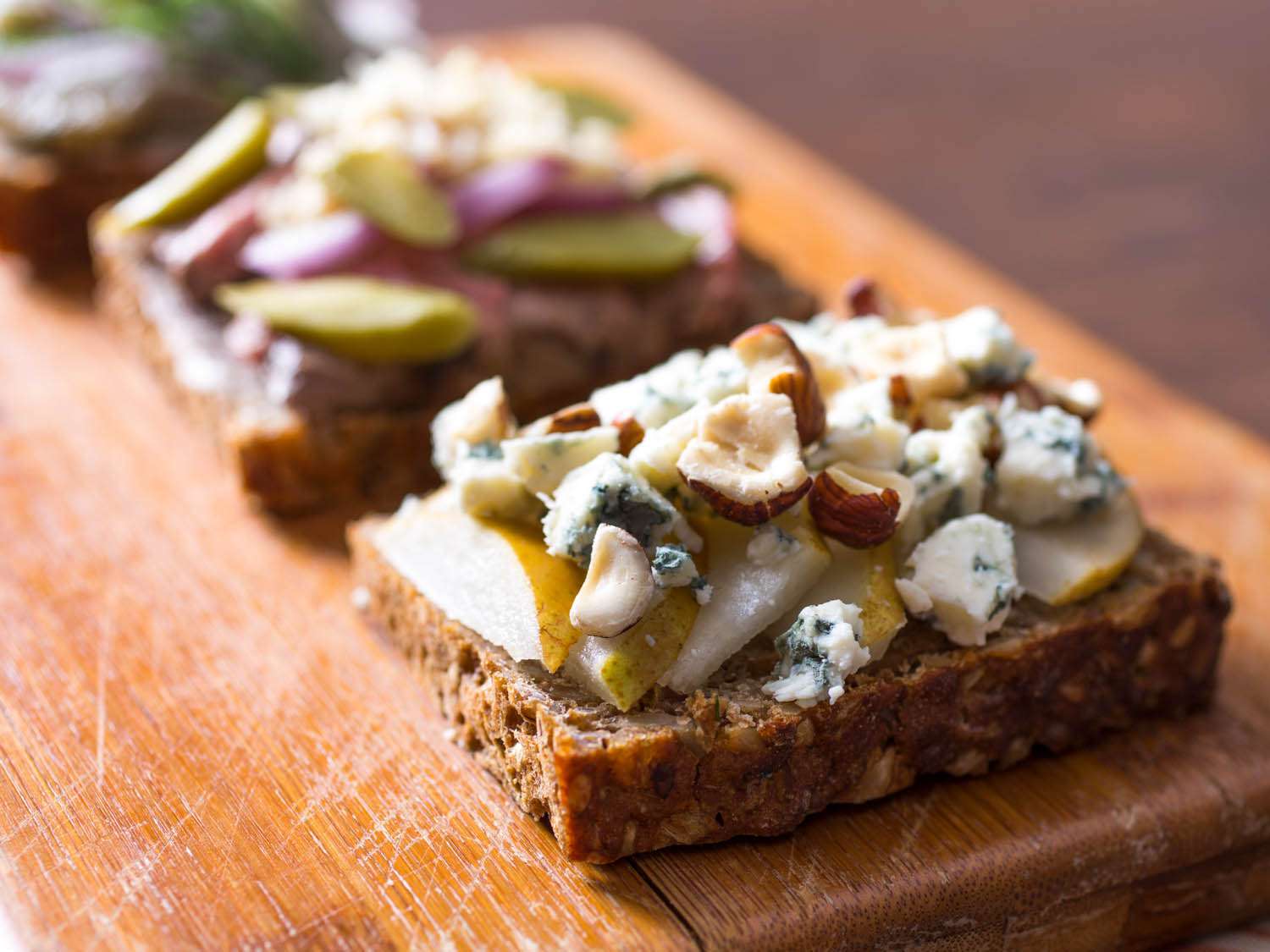
Smørrebrød
Open-faced sandwiches made with rye bread, butter, and various toppings such as fish, meat, cheese, and vegetables.
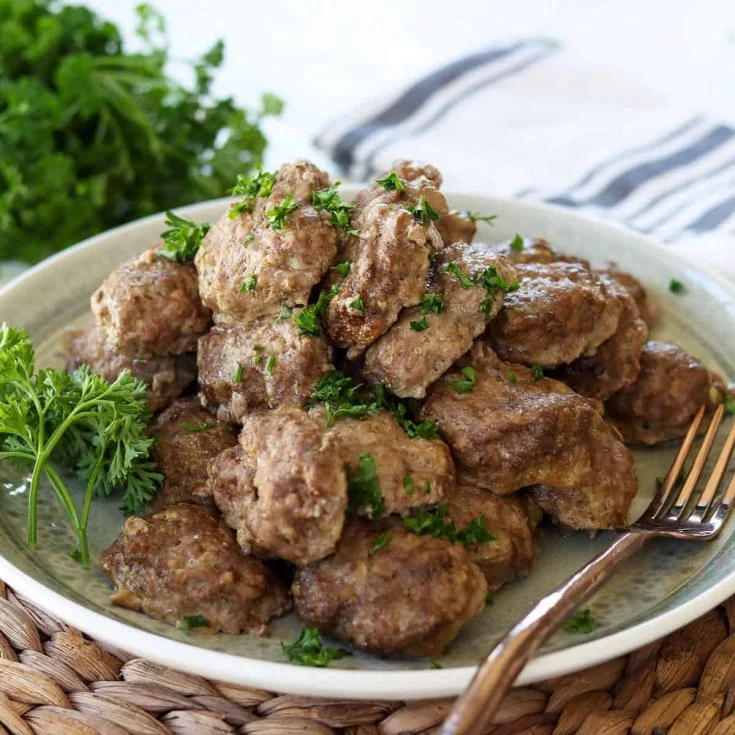
Frikadeller
Meatballs made from ground pork or beef, mixed with breadcrumbs, onions, and spices.

Flæskesteg
Roasted pork with crackling served with potatoes, red cabbage, and gravy.
Some of the typical foods of Denmark include:
Stegt flæsk – crispy fried pork belly served with boiled potatoes and parsley sauce.
Rødgrød med fløde – a traditional dessert made from red berries and served with cream.
Æbleskiver – small round pancakes made from a special dough and typically served with jam and powdered sugar.
Smoked fish – Denmark is known for its smoked fish, such as salmon, herring, and eel, which are often served with rye bread and mustard sauce.
Danish pastries – sweet pastries filled with fruit, cream, or custard, and typically topped with icing or sugar.
Hot dogs – Denmark has a strong tradition of hot dog stands, with a variety of toppings such as ketchup, mustard, remoulade, fried onions, and pickles.
Gammel Dansk – a popular Danish liquor made from a blend of herbs and spices and often served as a digestif after a meal.
Transportation 🚥
More information about this country
Choose your destination 📍🗺
Useful Links ✅



